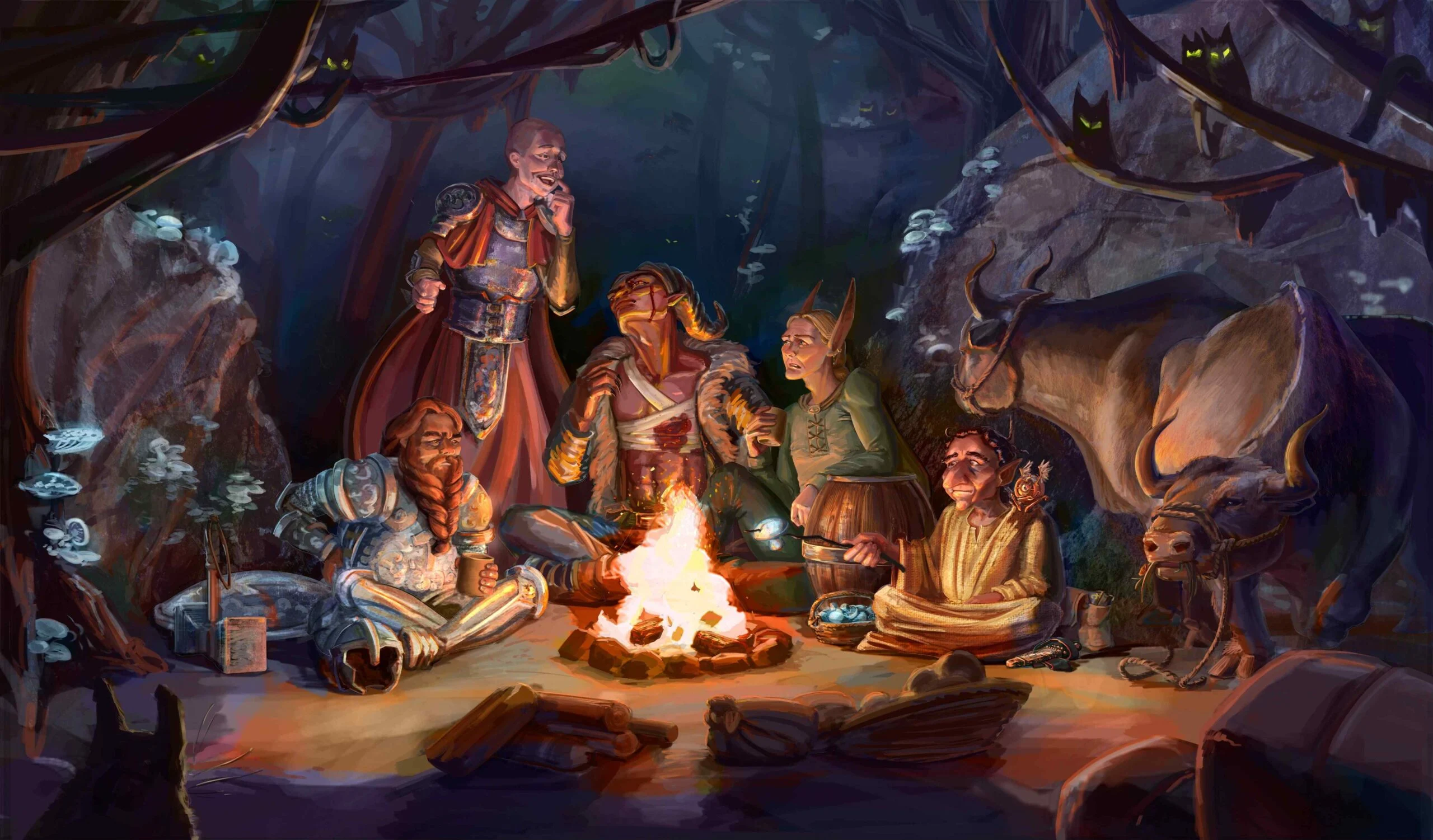Mules are a practical and versatile choice for adventurers in Dungeons & Dragons 5e. These sturdy animals can play crucial roles in campaigns, serving as reliable pack animals and even contributing to role-playing scenarios. This guide delves into the essential details about mules in D&D 5e and offers tips on how to effectively incorporate them into your game.
Understanding Mules in D&D 5e

Mule Statistics and Characteristics
In D&D 5e, mules are detailed in the Player’s Handbook as a type of draft animal. They offer players practical benefits and can enhance their adventures in various ways.
Mule 5e Stats
Here are the key statistics for a mule in D&D 5e:
- Armor Class: 10
- Hit Points: 11 (2d8 + 2)
- Speed: 40 ft.
- Strength: 16 (+3)
- Dexterity: 10 (+0)
- Constitution: 12 (+1)
- Intelligence: 2 (-4)
- Wisdom: 10 (+0)
- Charisma: 5 (-3)
Mules are known for their strength and endurance, making them ideal for carrying heavy loads and traversing challenging terrain.
Uses of Mules in Adventuring
Pack Animals
Mules are commonly used as pack animals. Their ability to carry heavy loads makes them indispensable for transporting supplies, treasure, and other equipment. When traveling through dangerous or remote areas, a mule can ease the burden on adventurers and ensure that important items are not left behind.
Mounts
Although not as fast or agile as horses, mules can still be used as mounts in certain situations. They are particularly useful in rugged terrain where their surefootedness and stamina are advantageous. Mules can also be a more economical choice for adventurers on a budget.
Incorporating Mules into Your Campaign

Integrating Mules into Storylines
Quest-Related Roles
Mules can be incorporated into various quest scenarios. For example, characters might need to escort a mule carrying a valuable cargo or protect a mule from marauding bandits. Including mules in quests can create opportunities for unique challenges and problem-solving.
Companion Characters
Mules can also become companion characters, adding depth to a campaign. Players might form bonds with their mules, giving them names and personalities. This relationship can lead to role-playing opportunities, such as rescuing a mule from danger or dealing with its loss.
Role-Playing Tips
Personality Traits
Mules, though not highly intelligent, can still exhibit distinct personalities. Consider giving your mule a few unique traits or behaviors. Perhaps it is unusually stubborn or has a particular fondness for a specific type of food. These quirks can make interactions with the mule more memorable and engaging.
Interaction with Characters
Role-play interactions between the mule and the characters. The mule’s actions and reactions can add flavor to the game. For instance, a mule might react nervously to certain situations or show affection to characters who treat it well. Such interactions can enhance the overall role-playing experience.
Practical Tips for Managing Mules

Caring for Mules
Basic Needs
Ensure that mules are well-fed and have access to fresh water. In-game, players should plan for the mule’s basic needs, such as food and shelter. This adds realism to the campaign and encourages players to think about the logistics of travel and care.
Health and Maintenance
Regularly check the mule’s health and well-being. Mules can suffer from injuries or exhaustion, especially in harsh conditions. Players should be prepared to address these issues, which might include finding a healer or resting for a period.
Challenges and Considerations
Handling Combat Situations
Mules are not combatants, so it is essential to consider their safety during encounters. Characters should take precautions to protect their mules from harm. For instance, players might need to manage the mule’s position during a fight or find ways to keep it out of danger.
Terrain and Environment
Be mindful of the terrain and environment when traveling with a mule. Mules are well-suited for rough terrain but may struggle in certain conditions. Adapt your campaign to reflect the challenges of traveling with a mule, such as navigating narrow paths or crossing difficult landscapes.
Conclusion
Mules in D&D 5e offer practical benefits and rich role-playing opportunities. Their strength and endurance make them valuable assets for adventurers, while their potential for unique interactions and quests adds depth to the campaign. By understanding their characteristics and incorporating them thoughtfully into your game, you can enhance your players’ experience and create memorable moments in their adventures.
